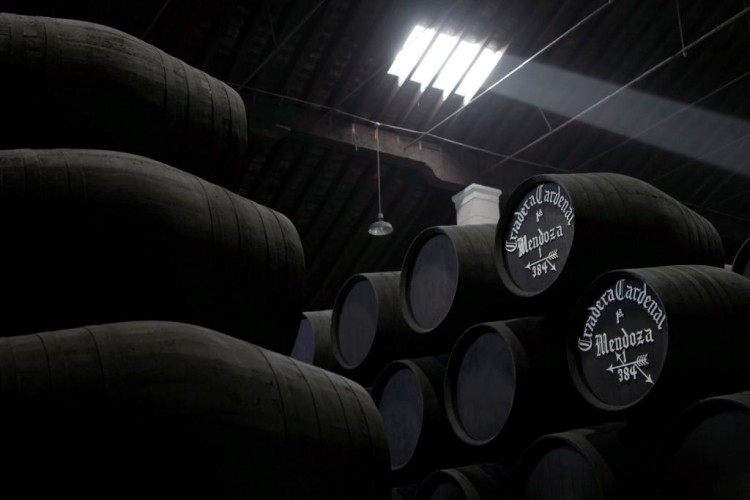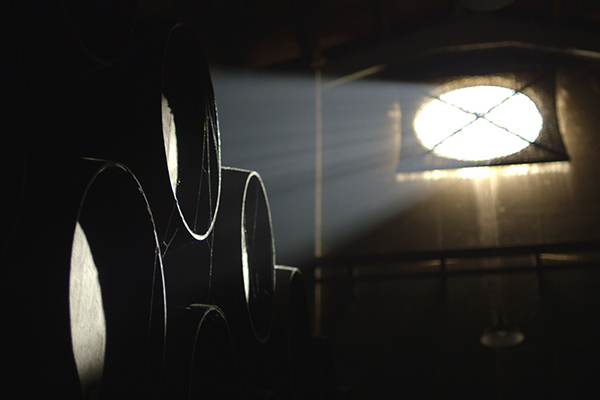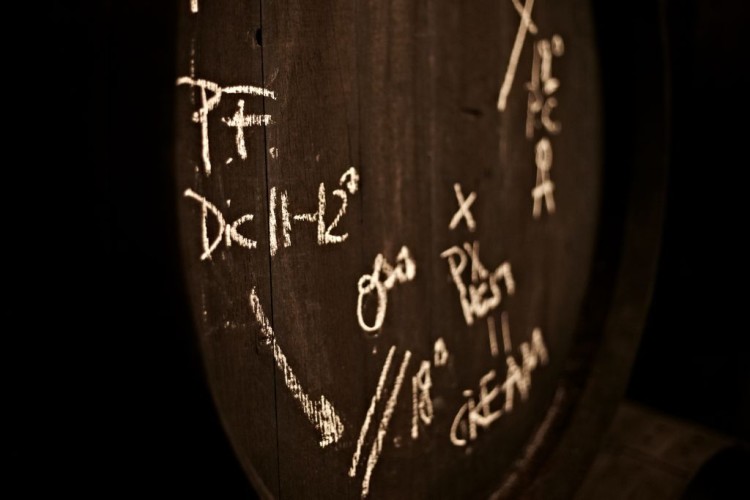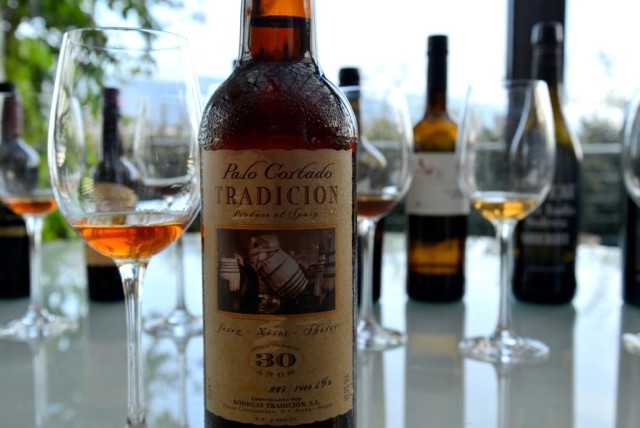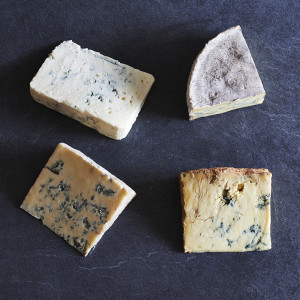The Mystique of Andalusia, Palo Cortado
Reinhard Pohorec•Factotum Fortified
Whether it’s the wonder of fermentation with its uncountable appearances, cooking techniques or scientific discoveries – sometimes something simply has to happen.
And sometimes we’re struck by how delicious the end result can be. Besides Fino, Amontillado and all the other well-known Sherries, one lone wolf maintains a certain mysteriousness.
Back in the days when Sherry used to be fermented in wooden casks, rather than temperature controlled, sterile environments jam-packed with modern cellar technique, each bodega had its very unique microclimate. Now this is still true these days but there are fewer variables, things are cleaner, more monitored, more “well behaved”.
Sneaking into an old cellar always inevitably evokes a feeling of awe and mysterious fascination, thousands of years worth of history, millions of microorganisms, billions of secrets quietly lurking in the back. And back in the days all these circumstances made for a hell lot of differences among casks despite being laid down in the very same year, coming from the same vineyard.
As a matter of consequence the cellar master would constantly taste and recheck all his casks in order to keep track of the developments therein. The white chalk signs discretely twinkling from the black Sherry butts stacked on top of each other are identification marks for these observances.
By definition, a Palo Cortado combines “the delicacy and aromatic refinement of an Amontillado with the structure and body of an Oloroso”. What seems a very poetic and delightfully flowery description is of no assistance what so ever to clarify the myth surrounding this type of Sherry. Whether that is because one shouldn’t solve all the wonders of nature or because the regulating council simply cannot demystify all the aspects themselves remains uncertain.
Fact is, while all other Vinos generosos, vinos generosos de licor and vinos dulces naturales have a very strict and clear delineation, the vague Palo Cortado could be translated as Amontillado on the nose, Oloroso on the palate, at best.
Nevertheless, putting all the clichés and fairytales aside: the mix of modern technique, knowledge, experience and investigation makes it possible to produce Palo Cortado on a regular, controlled basis.
Let’s take a closer look: As always the grapes get pressed after harvesting, whereas the pressure level applied directly determines the wine’s future. A very fine must is taken from the first press (“1st yema”), fermented to a dry, crisp white wine of approximately 11-12% alcohol, forming a spontaneous, natural layer of yeast on the surface.
In January a first classification of all the wines (of course not only the 1st yema) will take place, before fortification (“encabezado”) increases the alcoholic strength of the base wines.
Marked with a “/” or slash, elegant, light wines will be fortified to 15% alcohol by volume and be destined to become Fino, whilst heavier darker wines – usually from the second press – get an alcoholic boost to around 17%, where yeast activity is no longer possible, the wines age traditionally without flor. These butts are marked with a “o”, a small circle, subsequently and very slowly maturing towards Oloroso delights.
Ever so often in the history of mankind and this is most certainly the case with various things we like to shovel in our mouth – be it liquid or solid – coincidence seems to be a handy fellow."
Now, if you’ve been waiting for the irrevocable word of Sherry magic called solera, we’re still not there yet. The “sobretabla” or sometimes called “anada” sets the wines aside during the first months of their lives in order to have better control (and also an already fortified buffer stock, ready to be used in criaderas) before introducing them to different solera systems.
A second classification takes place and this is also where it get’s extra Palo-Cortado-interesting.
“Well mannered” casks marked with a slash and showing their intended light character will enter a Fino solera, the sign is slightly altered to a “palm”, whilst the cheeky and bold ones get separated and the slash crossed horizontally – Palo Cortado.
As mentioned before, the reasons for subtle differences in casks were a matter of mystery back in the days and still remain doubtful to a certain point. But the sheer number of Palo Cortados available today, the fact that almost every bodega offers one or more wines of this type reassures, that one can truly “produce” Palo Cortado instead of waiting for good luck. One could now argue about malic and lactic acids, malolactic fermentation, but that’s a different story.
The quirky butts tagged with a crossed slash often get re-fortified in order to secure further aging with the impact of flor. Expressions like Dos Cortados, Tres Cortados or even Cuatro Cortados still appear from time to time though it’s unclear whether the name derives from repeated fortification or increased age.
After many years of maturation, always fostering the specific micro environment involved in making this type of Sherry, Palo Cortado can be one of the outstanding moments of indulgence.
Compared to the number of bottles sold every year, Palo Cortado makes for a baby sized overall percentage, often being a prestige offering marketed by the bodegas.
Enjoyed at a slightly higher temperature than crisper, fresher wines, it’s a perfect food matching option or shining soloist.
And then one can always get lost in the mystery, depth and complexity of such a beauty, thinking of distant memories, fairytales and the wonders of nature.



